Last Updated on January 16, 2025 by Packoi Team
Customer demands are evolving, and businesses are expected to shape up and adapt to these changes as they roll in. In a joint survey conducted in 2020 by McKinsey & Company and The Business of Fashion, it was established that 66% of respondents considered sustainability as a guiding theme when making a luxury purchase.
As companies warm up to this shift in customer preferences, one area that has received increasing attention is packaging, particularly the use of biodegradable and compostable products. However, before pivoting to these greener options, businesses must understand the key differences between biodegradable and compostable materials.
This article settles the scores between what is considered biodegradable vs. compostable products, gives examples of materials, and discusses a couple of factors to consider when choosing biodegradable and compostable goods.
What Is Biodegradable?
Biodegradability refers to the quality of products that naturally occurring microorganisms, such as fungi and bacteria, break down over time into simpler chemical and biochemical components.
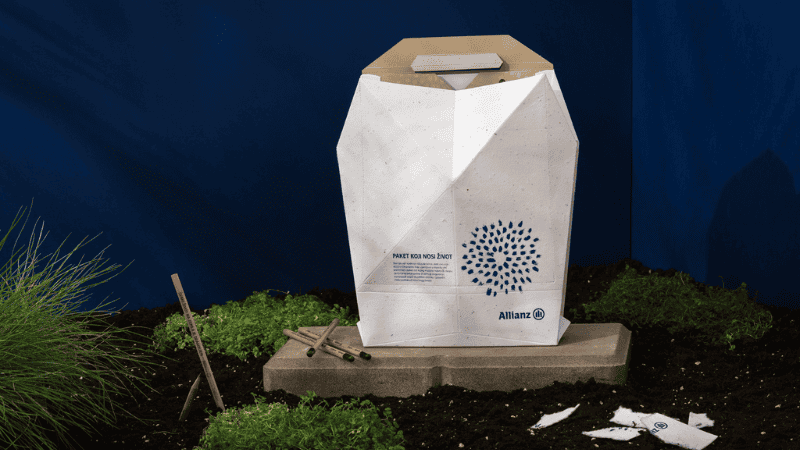
The rate at which products like biodegradable plastic bags degrade into natural materials depends on the speed with which these microorganisms acquire and process the nutrients. Unfortunately, a lot of industrial and consumer products are made of conventional plastic mixed with additives of varying physical-chemical characteristics that can significantly impact their rate of biodegradation.
Worse still, some manufacturers inadvertently build their production materials using highly guarded proprietary technologies that do not factor in biodegradability as a performance parameter.
It is said that every material can biodegrade at a given time. Ideally, biodegradation ought to take place faster and safer. When manufacturers label their products as biodegradable, what they are ideally communicating is that the said materials will break down safely within a relatively short period of time (less than one year). However, this is not 100% guaranteed, as some biodegradable products take ages to degrade and may release toxic chemicals in the process.
Typical Biodegradable Packaging Materials
Conventional plastic and other packaging materials have had pronounced environmental repercussions, and this has posed a challenge for various industries. In response, industry players have been forced to innovate and seek environmentally preferable packaging, mostly plant-based materials.
Compared with regular plastic, biodegradable packaging materials harmonize with the environment and resonate with the push toward the adoption of circular packaging materials. Here are some of the biodegradable products that would ordinarily be used in packaging.
1. Paper Boxes and Cardboard

These are eco-friendly packaging materials that are versatile and adaptable, making them applicable to a broad spectrum of packaging formats. Their organic matter breaks down naturally within 2 to 5 months. However, some materials, such as uncoated paper plates, may degrade faster.
2. Bioplastics
These biodegradable plastics are composed of polymers and other similar organic materials. Bioplastics normally biodegrade into natural elements within 3 to 6 months when exposed to specific conditions and biological processes.
Examples of bioplastics used, especially in the packaging industry, include polylactic acid, polyhydroxyalkanoates, and starch-based biodegradable plastic packaging.
3. Biodegradable films
Packaging materials such as cellophane, which is made from plant cellulose, are not just versatile but also biodegradable products with a sustainable end-of-life. Cellophane made from uncoated cellulose takes about a month to biodegrade. On the other hand, cellophane made from nitrocellulose can take up to 3 months to biodegrade.
4. Bamboo
The fact that bamboo grows very quickly and requires no pesticides endears it to many sustainable packaging innovations. Thanks to its durability, bamboo is one among a few organic materials increasingly being used as an alternative to wood. Among its numerous beneficial qualities, it only takes 2 to 6 months for bamboo packaging to biodegrade fully.
What Is Compostable?
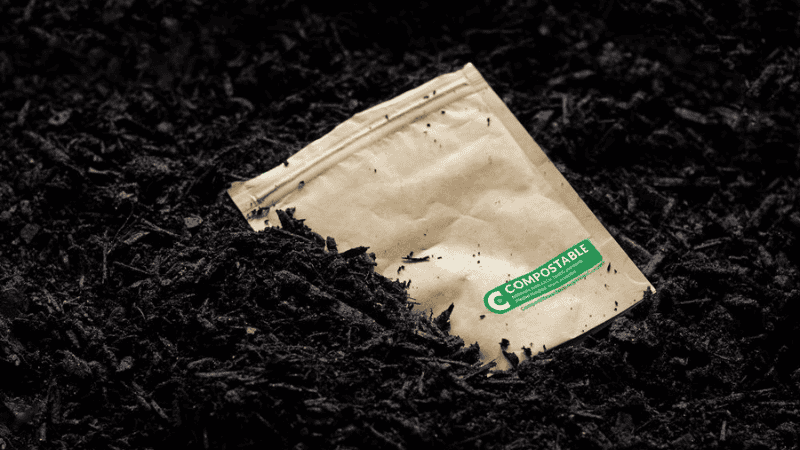
Much like biodegradable products, compostable products degrade into basic components (nitrogen, water, calcium, phosphorus, etc.) suitable for the soil. The breakdown happens within a specific timeframe, and no toxic residue is released.
In the United States, every compostable product is tested and classified based on ASTM D6400 and ASTM D6868, also known as industrial compositing standards. These standards require that compostable items biodegrade into natural elements within 90–180 days.
The composting process takes place in four stages, as explained below
1. Initial stage
Naturally occurring microorganisms in compostable products break them down by consuming the available nutrients. The breakdown causes a rise in the temperature of the organic waste.
2. Active stage
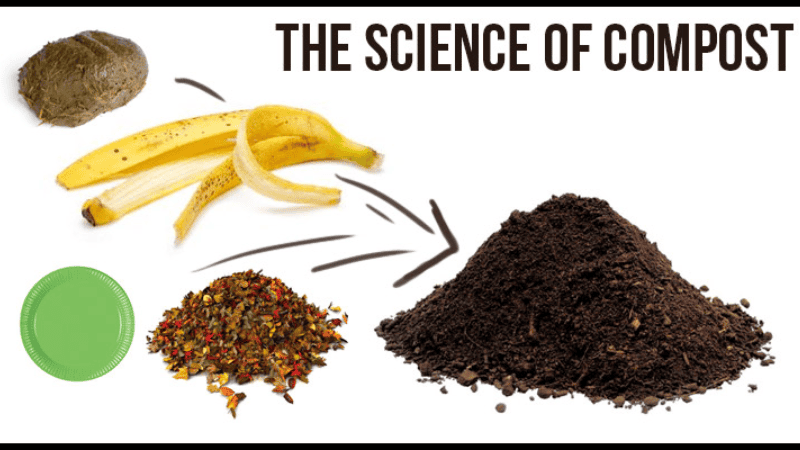
As microorganisms continue to break down the organic matter, carbon dioxide and other gases are released as temperatures begin to stabilize.
3. Maturation stage
This stage is characterized by reduced temperatures as the fungi and bacteria attack the more resistant compostable waste. The bulk of the composting time is spent at this stage.
4. Curing stage
This is the final stage, where any material leftovers are decomposed. The product of this stage is instrumental in enhancing soil health and plant growth.
When composting in a controlled environment, the compostable products must be turned regularly to ensure maximum exposure to the microorganisms and adequate aeration.
Biodegradable vs. Compostable: What’s the Difference?
While often confused and used interchangeably, there are stark differences between compostable and biodegradable materials. The differences can be categorized into the following topical areas.
1. Environmental Impact
Biodegradable plastics and other biodegradable products break down into micromaterials, often releasing environmentally toxic components. According to research by North Carolina State University, biodegradable materials dumped in landfills break down, releasing methane, a potent greenhouse gas.
Fixing the methane problem would require equipment to capture the gas for energy use. However, very few landfills are equipped with these collection technologies.
On the other hand, compostable products such as compostable cups break down into basic elements and do not leave toxic waste. The non-toxic nature of compostable products makes them beneficial to the environment, including soil and plants.
2. Decomposition Time
Compared to synthetic plastics that take years to degrade, biodegradable materials break down within 3 to 6 months. That said, most biodegradable products are made of the same petroleum-based plastics, only that they include additives and compounds that cause them to break down gradually when exposed to oxygen and light.
Also, depending on the complexity of the chemical composition, biodegradable materials can even take years to break down.
The Federal Trade Commission, in its 1998 revised Green Guides, requires that products classified or labeled as compostable should be scientifically proven and qualified to break down promptly.
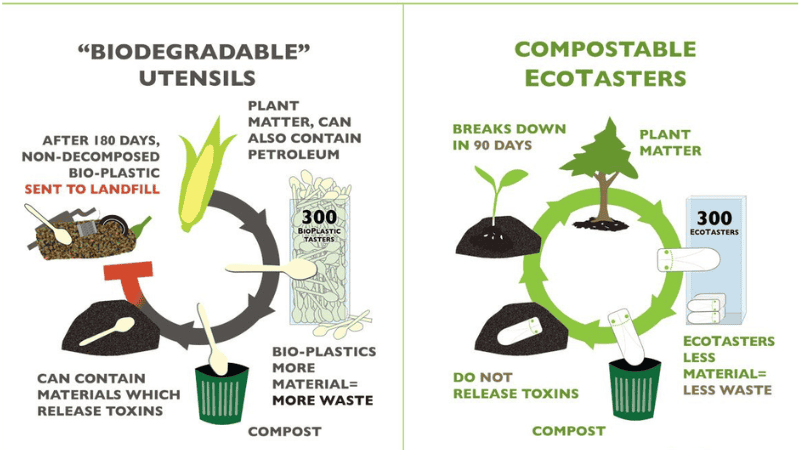
The American Society for Testing and Materials (ASTM D6400) standard, which sets forth the requirements for compostable materials, specifically indicates that they should break down within 90–180 days. Ensure that your packaging has compostability certification.
3. Materials composition
Biodegradable material is made of microplastics such as polybutylene adipate-co-terephthalate, polylactic acid, polycaprolactone, and polybutylene succinate. Their end products are carbon dioxide, methane, and water. It is important to note that some of the by-products may be toxic waste.
The ingredients making compostable materials are organic and include plant pulp, cornstarch, potato starch, and polyvinyl alcohol. For this reason, compost materials such as compostable paper products break down into beneficial end products of usable compost that include calcium, potassium, phosphorus, and nitrogen.
4. Conditions Required
If you properly dispose of biodegradable items, they should break down naturally with the help of microorganisms. Biodegradation takes place in the presence of water, oxygen, and light, among other elements. Incinerators, recycling facilities, and landfills are not ideal places for biodegradation.
Composting, on the other hand, takes place in a controlled environment, such as a home compost pile or any other appropriate composting facility. That said, manufacturers must be careful to avoid deceptive labeling of packaging materials as compostable when, in fact, they are not.
For instance, packaging materials that are compostable in industrial aerobic composting facilities should be marketed as such and be qualified as not suitable for home compost piles.
Is 100% Biodegradable the Same as Compostable?
No. All compostable materials are 100% biodegradable, but not all biodegradable products are compostable. For instance, cleaning chemicals may be classified as completely biodegradable but may release toxins in the process, hence not being compostable.
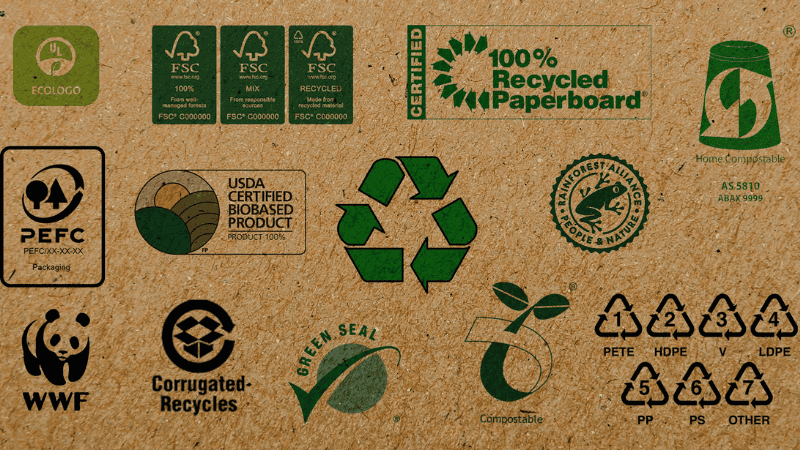
When material biodegrades 100%, it simply means that it completely breaks down naturally. Although the ASTM D6400 standard stipulates that biodegradable material should degrade within one year, many go for years before completely degrading. Also, the end products of such a process could be harmful to plants and soil health.
Materials such as compostable films or compostable utensils, on the other hand, take a couple of weeks to a few months to fully break down, and the humus boosts beneficial microbes that, in turn, enrich soils and plants. If packaging items are marketed as compostable products and break down 100% promptly but release toxins that make the compost unusable, such a product is not compostable.
Therefore, 100% biodegradability doesn’t necessarily mean compostable. The non-toxicity criterion of the resultant products and the duration of degradation must be met.
How to Choose the Most Sustainable Packaging: Biodegradable vs. Compostable
Once you can tell the difference between biodegradable and compostable materials, choosing the packaging to use feels simpler. With climate change becoming such an existential threat to humanity, consumers are naturally inclined to sustainable packaging as opposed to regular plastic. Here are some things to look at when choosing your packaging solutions.
1. Recyclability
Choosing packaging materials that are easy to recycle, such as cardboard and kraft paper, reduces the pressure on raw materials and minimizes the volume of packaging materials that end up in landfills.
Look for compostable products that have established collection sites and recycling programs. Standards indicate that such programs for recycling organic waste must be available to a substantial majority of people, qualified at 60% of the minimum.
2. Environmental Safety

When thinking about sustainable packaging, the environment should come first. Any packaging whose degradation leaves behind toxic residue or lets out harmful emissions isn’t good for humans and the environment.
Packaging made from commercially compostable materials, such as plant-based plastics, degrades naturally over short periods of time and does not burden landfills. Compostable products break down into basic nutrients such as calcium, phosphorus, and nitrogen, which make soils richer and, hence, more productive.
3. Product Sensitivity
A key determinant of the packaging you choose is the kind of product to be packaged. Delicate items should be packed in protective materials, while food items require food-grade packaging materials. Materials such as biodegradable plastic trays can contaminate food items, especially if they release toxins as they break down following long storage durations.
4. Shipping needs
If your products travel over a long distance, the packaging you choose must be able to withstand the rigors of transit and the elements. Packaging that is both durable and compostable scores on both fronts, giving you reliability and brand value.
5. Certification
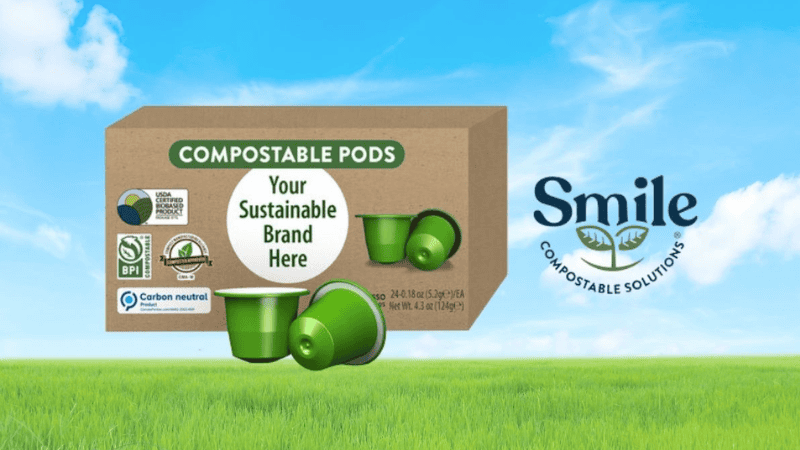
Claims made by marketers and manufacturers can be deceptive and misleading. Some of the packaging, specifically organic matter, labeled as 100% biodegradable or compostable may not necessarily meet the standards. Therefore, you must check for certification logos on the packaging, such as the BPI Compostable Logo, and any qualifications or substantiations made.
Conclusion
As noted in the article, the definition of compostable should not be confused with that of biodegradable. Not everything a marketer terms biodegradable is good for your packaging needs. Unlike compostable, most products called biodegradable leave behind a trail of toxic waste as they degrade.
Choosing eco-friendly production materials and safer packaging is not just a feel-good statement; it shows that you care for the planet and your customers’ welfare.
Compostable creates confidence! Are you looking for an FSC-certified compostable packaging solution supplier? Packoi Printing is a fully certified and licensed custom packaging company using sustainable technologies to deliver eco-friendly and safer packaging materials to our clients.
Contact us today to get started on your sustainability journey as you explore our entire spectrum of custom boxes, bags, and marketing materials.




